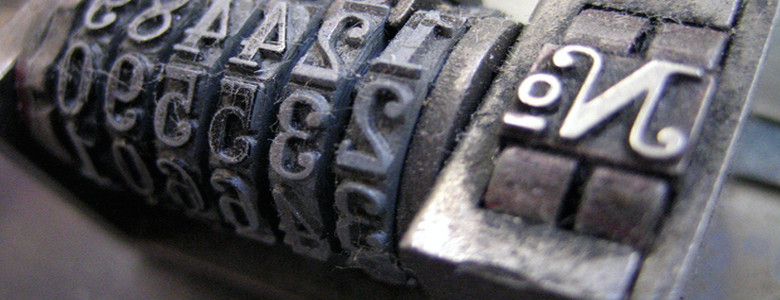
Ponente: Sergio Eliseo Hernández-Martínez
Procedencia; Facultad de Metalurgia UASLP
Resumen:
The main aim of the present research is to study the potential of the severe plastic deformation process to consolidate aluminum powders of various composites. Two AA 7075 – ZrO2 (with compositions of 2 and 5 wt.%) and AA 7075 – C (2 wt.%) powder composites were previously milled by 15 h, in a horizontal attritor simoloyer ball mill, in order to disperse the reinforcement particles. Then, the powders were placed inside tubes made of AA 6061 and a load of 6 ton-force was applied in order to compact the powders. The compacted tubes were processed by Equal Channel Angular Pressing (ECAP) at room temperature and at 200 °C, using a die with an inner angle of 90° to obtain a total strain close to 1. The resultant mechanical properties of the consolidated composites are one of the main advantages found in this research, since the Vickers hardness values of the composites are higher than the unreinforced alloy counterpart. The load-displacement curves of each composite were unique in its shape and load requirement for ECAP processing, since the reinforcement affected each material in a particular way. The distribution of the reinforcement particles was enhanced, since the clusters spotted in the composite with 5 wt.% of ZrO2 were no longer visible after ECAP processing. The use of temperature during ECAP process improves the microstructure and the stability of the composites. On the other hand the remaining porosity of the composites processed at 200 °C was lower than the composites processed at room temperature.
Miercoles 13 hr
Auditorio del IF










